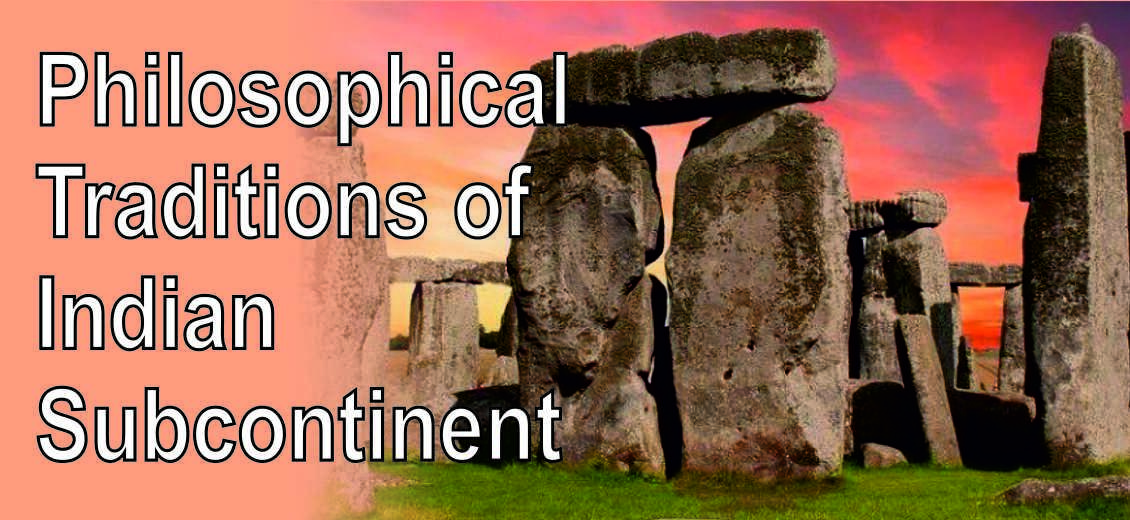

The article published on Outlook India [4fb9e8d5] explores the opposition to Sanatana Dharma and Varnashrama Dharma, particularly in South India. It delves into the evolution of devotional egalitarianism into movements advocating for social justice. The earliest Dravidian literature reveals the conflict between Brahmanical Vedic values and the beef-eating Pulayar community. Tamil texts rejected the birth-based social ranking system and emphasized learning, ethical life, non-violence, and vegetarianism. The Bhakti poems of saint-poets called for devotional unity and equality. Ramanuja played a significant role in synthesizing devotional egalitarianism and the social perspective of the Sanskrit tradition. The article also mentions the intellectual dissent in the Andhra region and the emergence of Veerashaivism in the Kannada-speaking region. The Siddhar tradition defied Shastric rituals and social values, opposing the caste system and meaningless Vedic rituals. The fight for devotional equality evolved into a fight for social justice and equality, led by spiritual leaders and social reformers in Kerala. The article concludes by mentioning the temple entry movement and the role of Christian missionaries in promoting social equality [4fb9e8d5].
The article provides valuable insights into the evolution of Sanatana Dharma and Dravidian thought, tracing the development from devotional egalitarianism to the pursuit of social justice. It highlights the conflict between Brahmanical Vedic values and the Pulayar community in the earliest Dravidian literature. The rejection of birth-based social ranking and the emphasis on learning, ethical life, non-violence, and vegetarianism in Tamil texts are discussed. The article also explores the role of Ramanuja in synthesizing devotional egalitarianism and the social perspective of the Sanskrit tradition. It mentions the intellectual dissent in the Andhra region and the emergence of Veerashaivism in the Kannada-speaking region. The Siddhar tradition's defiance of Shastric rituals and social values, as well as their opposition to the caste system and meaningless Vedic rituals, are highlighted. The article concludes by mentioning the fight for social justice and equality, led by spiritual leaders and social reformers in Kerala, as well as the temple entry movement and the role of Christian missionaries in promoting social equality [4fb9e8d5].
According to a blog published on Drishti IAS [537cee9a], the philosophical traditions of the Indian subcontinent can be broadly classified into Āstika (Orthodox) and Nāstika (Heterodox) schools. The Āstika schools include Nyaya, Vaiśeṣika, Sāṅkhya, Yoga, Purva Mimansa, and Uttara Mimansa (Vedanta), while the Nāstika schools include the Cārvākas, Buddhists, and Jainas. The blog provides an overview of the key principles and beliefs of each school, as well as their valid sources of knowledge. It also mentions the differences between the Nyaya and Vaiśeṣika schools, and the various divisions within the Vedanta school. The blog aims to provide a starting point for understanding the philosophical traditions of India [537cee9a].